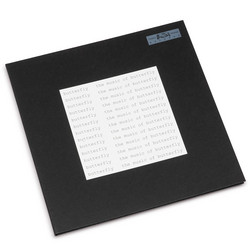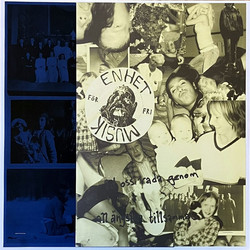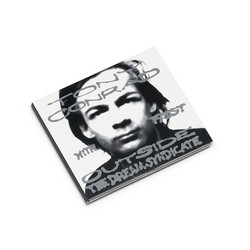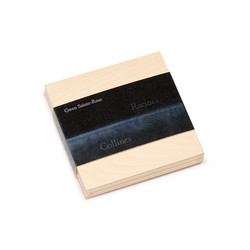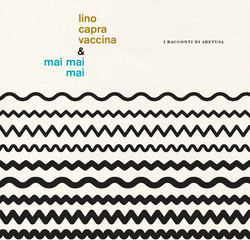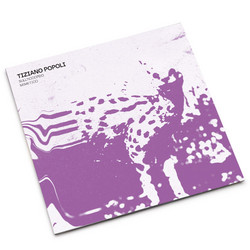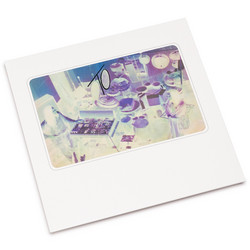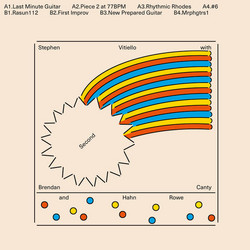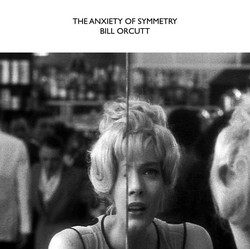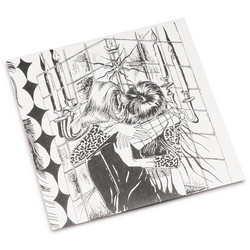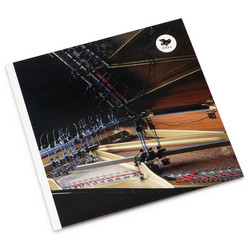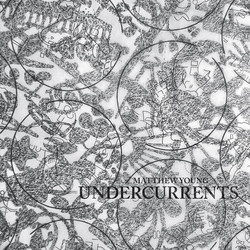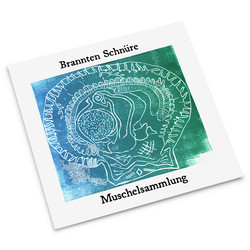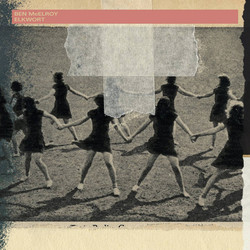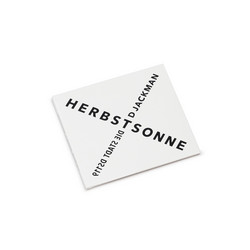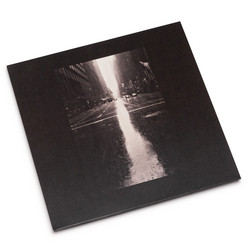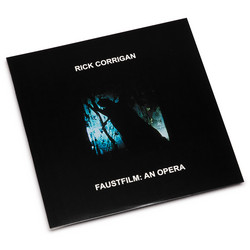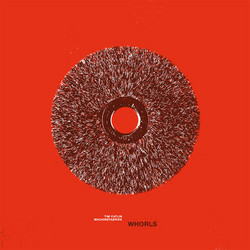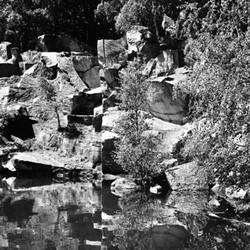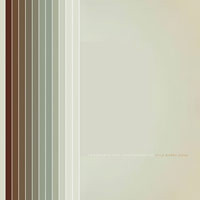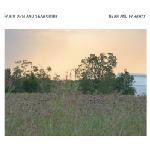I can't listen to Kyle's music without thinking about Stars of the Lid. And for the same reasons I am reminded of Arvo Pärt, Brian Eno, and even Richard D. James. As such, Mr. Dunn's vocabulary is probably familiar to anyone who has heard any of those musicians. He combines violins, guitars, and other strings to paint long, gossamer tones, utilizes low frequency vibrations to generate weight, and creates forward movement with concise and appealing melodies and harmonies. On the other hand, Kyle's work can be easily distinguished from that of his influences. He is less physical than Stars of the Lid, more bombastic than Pärt, and more complex than Aphex Twin, but sober where Eno was often psychedelic. So while his technique is derived from familiar sources, his music is far from being counterfeit. Of course, two years ago I couldn't say the same thing about Dunn's music. Fragments & Compositions of... was a good record, but it was hyper-focused to the point of being narrow. I could hear where his music was coming from, but I couldn't see its destination. I guess the title goes a little way in explaining why the record sounds so incomplete, but that fragmentary quality also keeps me from hearing Kyle Bobby Dunn over the sound of his mentors. On A Young Person's Guide Kyle pulls the curtain away, breaks free, and lets his creativity run loose. His music is still slow and laconic, but he's injected it with more movement and variety than before. Far from producing anything like pure drone, Dunn's music sways and dances with the reverberations of horns and strings, as well as processed audio. He includes piano this time around and fills his audio space with a low-end frequency so deep it can shake a room (at the right volume). He also toys with strange harmonies from time to time, blending tones so that they warp and fall into dissonance. A field recording pops up here, treated distortion there, and from beginning to end Dunn moves in unsuspected ways. "The Nightjar" is an especially surprising piece. Dunn populates the song with little eruptions of noise, which sound like a cross between a horn and one of Tangerine Dream's synthesizers. It is a very quiet, but conspicuous flow of sound hums behind these eruptions, resonating like a bell or a water bowl. The effect is far more surreal than anything on the rest of the record and it stands out to me as one of the better songs on either disc. At its conclusion he inserts a little sample, presumably taken from a conversation or an argument. The effect is unsettling and unexpected: it completes the song and the album perfectly, adding yet another little nuance to an already excellent and diverse record. It leaves me thinking of how different A Young Person's Guide is from Dunn's past work and it also compels me to start the album again. I should mention, however, that some of these songs come from the same time frame out of which Fragments & Compositions was put together. I have no way of knowing which songs come from which time period, but this says a lot about how important a few surprises and sequencing can be to a record. A Young Person's Guide isn't just better than Fragments & Compositions, it's leaps and bounds beyond it.
Details
Cat. number: lp033cd
Year: 2010
